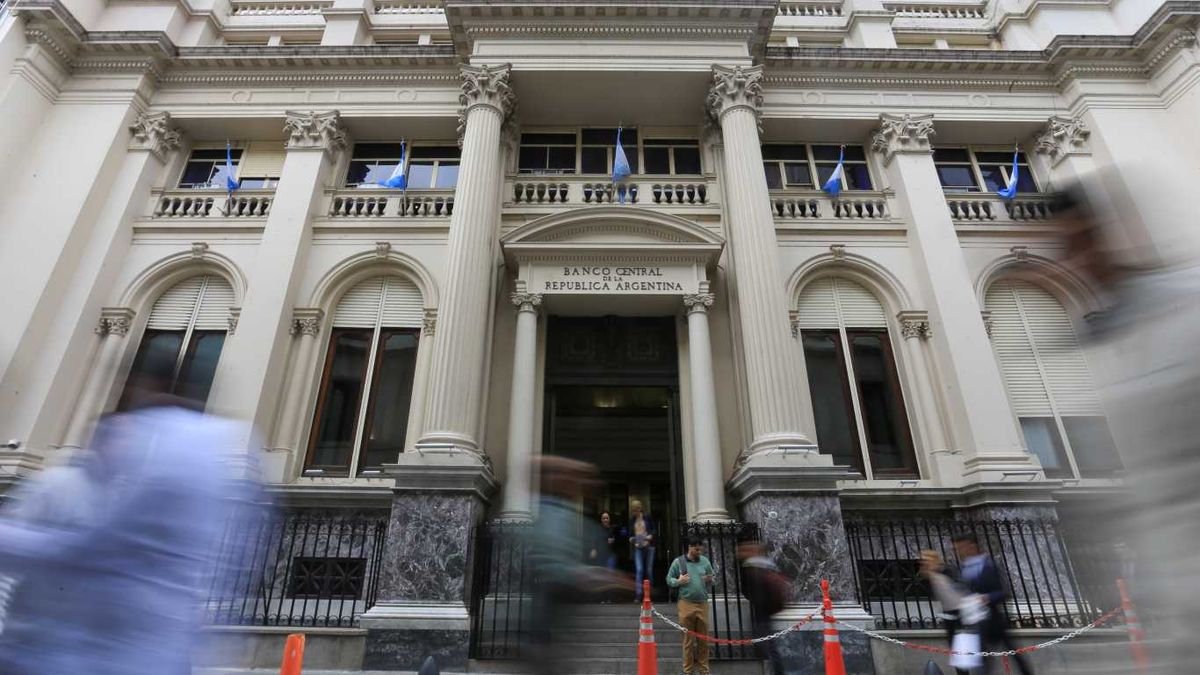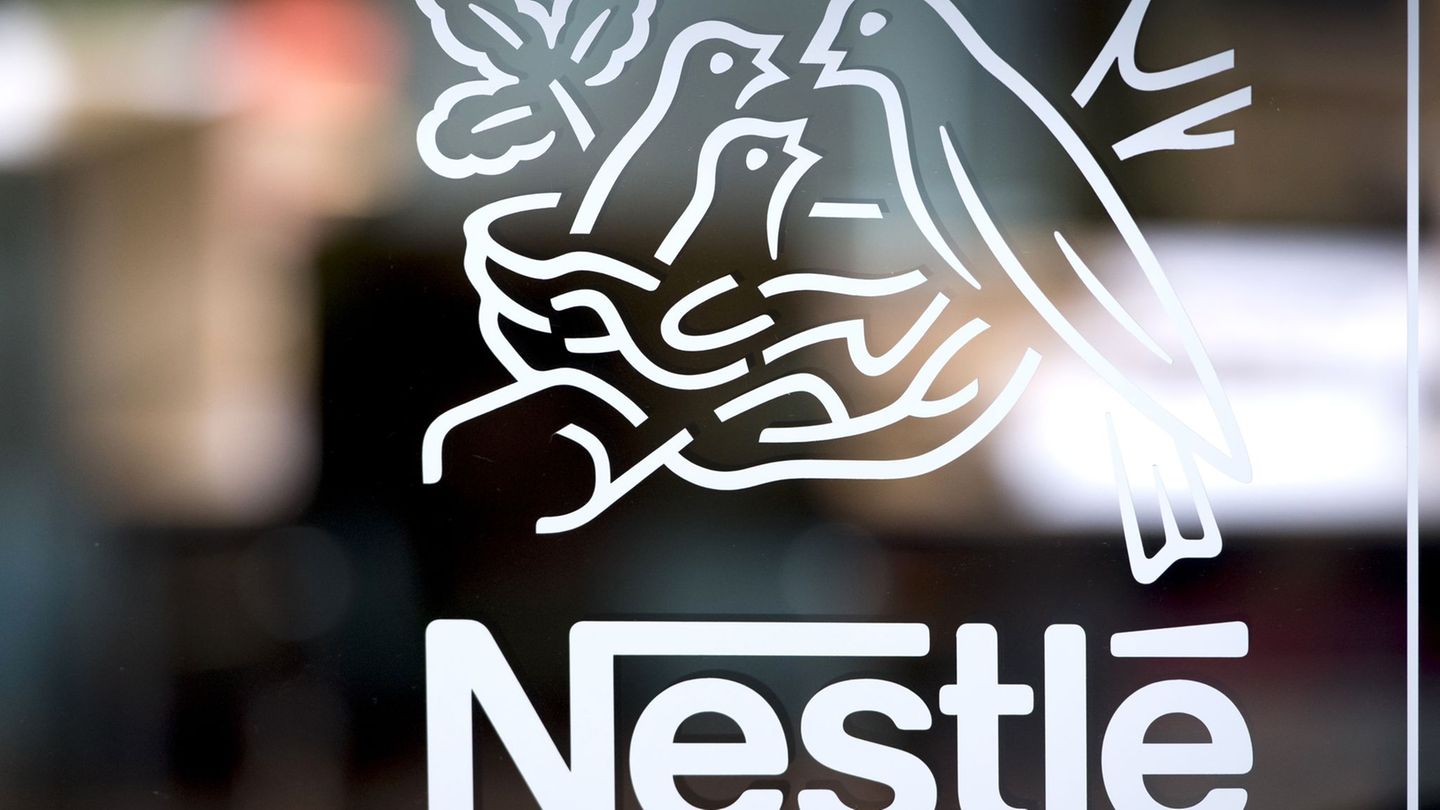“During the day, a strong presence of imports is still observed in a context of postponement of liquidations of cereal exports (they are entering about US $ 65 million per day vs. the usual US $ 130 million)”, highlighted market sources.
The savings dollar or solidarity dollar -which includes 30% of the PAÍS tax, and 35% on account of the Income Tax- rose two cents to $ 174.82.
Wholesale dollar
The wholesale dollar, for its part, advanced six cents to $ 100.43, under the strict regulation of the BCRA. Thus, so far this week, the wholesale exchange rate has risen by nineteen cents against twenty-eight cents in the same period of the previous week.
Dollar CCL
In the Buenos Aires stock market, the dollar CCL traded with the most liquid bonds (which were those that the monetary authority used to intervene) rose another 1.9% ($ 3.99) to $212,77. Therefore, the gap with the official stood at 111.9%, a record in almost 11 months and increasingly close to the all-time high of 131%.
Dollar MEP
For his part, dollar MEP It rose by 2.3% ($ 4.52) to $ 204.52, with which the spread with the wholesaler, which is regulated by the BCRA, exceeded 100% for the first time since November 2020.
The blue dollar fell back this Thursday after scoring two consecutive hikes, according to a survey of Ambit in the Black Market of Foreign Currency.
The parallel dollar fell 50 cents to $ 201, after trading for much of the day at $ 200.50. Despite the decline, the gap remained above 100%
In the last two wheels, the informal dollar had increased by $ 2, after the implementation of new regulations in the operation of financial dollars, and after falling on Monday, a day after the legislative elections.
On Friday, the blue dollar had lost $ 6.50 to $ 200, after hitting its highest face value of $ 207 on Thursday.
With that strong drop, the parallel dollar accumulated a rise of only $ 1 last week. Recall that in the last four weeks, it had registered increases of $ 1.50, $ 2.50, $ 8.50, and $ 2.
Likewise, throughout October the informal dollar rose $ 11.50 (+ 6.2%) due to high inflation, exchange controls, fiscal deficit and firm country risk, which fueled devaluation expectations and put pressure on the currency, which it tends to make sudden jumps with just a few operations.
In any case, so far in 2021 the parallel accumulates an appreciation of $ 35 (close to 20%), well below the accumulated inflation of 2021, above 41%.
Let us remember that during September, the informal dollar rose $ 4.50 (+ 2.5%), after posting its lowest rise since March in August, climbing just $ 1 (+ 0.6%). After hitting a low of $ 139 in early April, the parallel dollar increased $ 9 in April (6.4%), $ 7 (4.7%) in May, $ 11 (7%) in June, and $ 12.50 (+ 7.4%) in July.
Source From: Ambito
David William is a talented author who has made a name for himself in the world of writing. He is a professional author who writes on a wide range of topics, from general interest to opinion news. David is currently working as a writer at 24 hours worlds where he brings his unique perspective and in-depth research to his articles, making them both informative and engaging.




